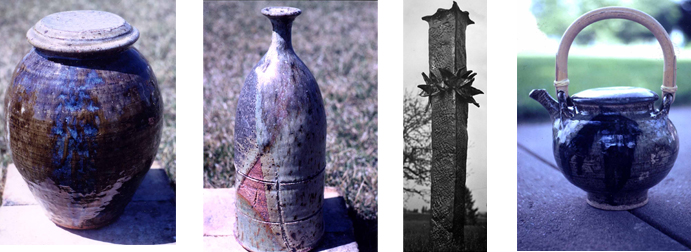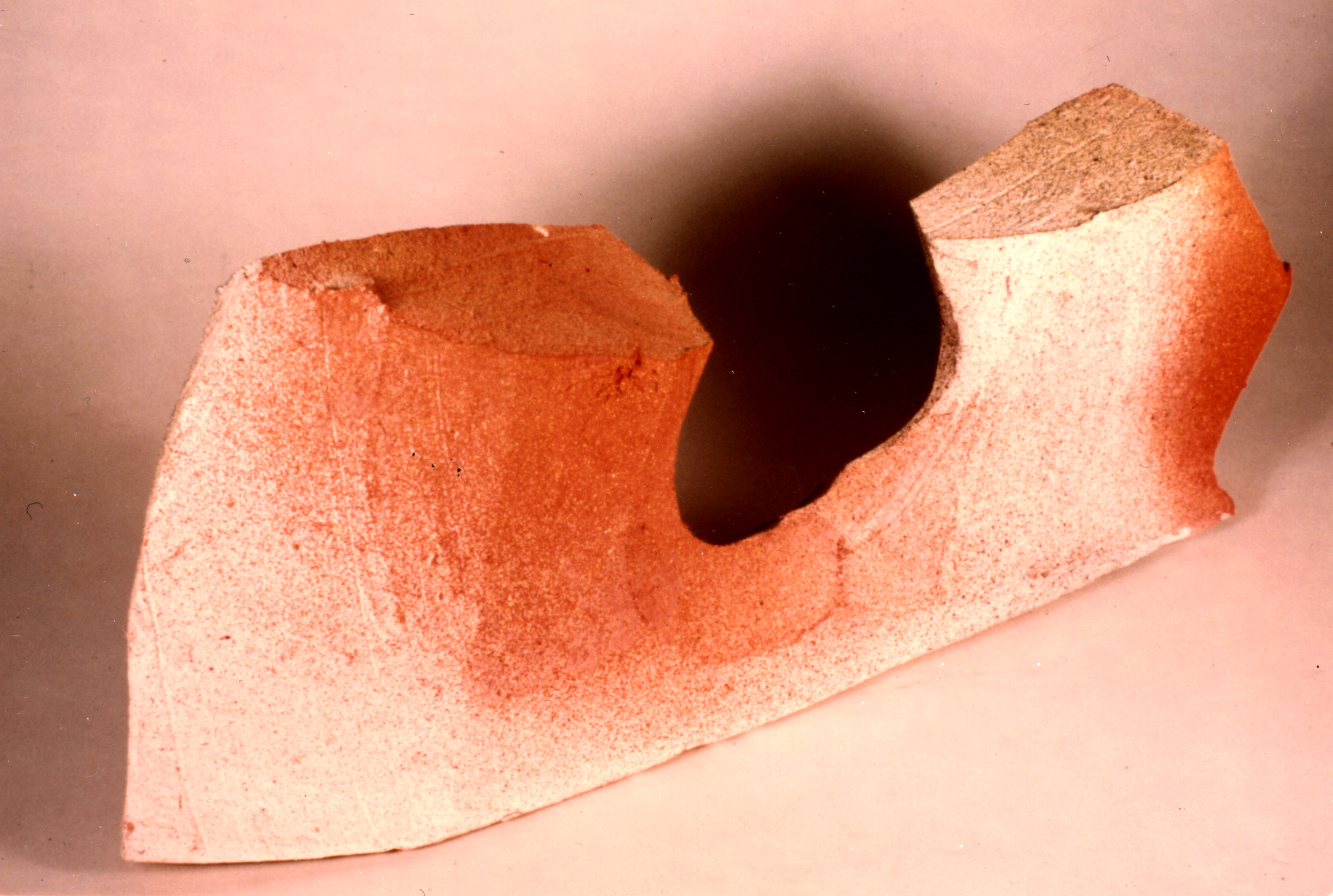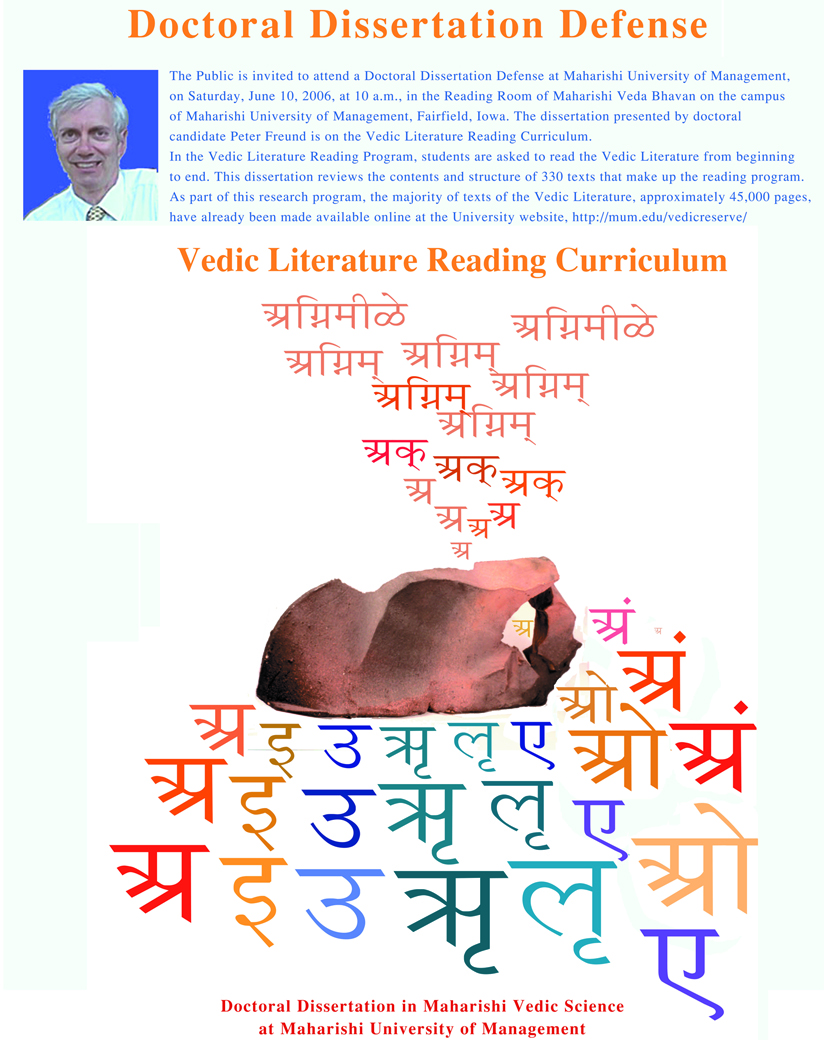Scattergood’s Training in Ceramics
Scattergood proved to be a very important time in my development: The skills and attitudes that I learned at Scattergood have impacted my life profoundly.
Artist Dan Edler was hired by Scattergood to be an “Artist in Residence,” and teaching students was only part of his daily routine: He was expected to be a productive artist as well. While many Scattergood teachers had very profound and useful knowledge to teach us, Dan Edler offered something more, he taught by example, by being. He had special and powerful abilities of perception and action, and we saw them in motion in his classes and in his studio. One needs only to look at pieces in Dan Edler’s website today http://www.edlerstudio.com/ to get a sense of the excitement that we were all exposed to on a daily and weekly basis, seeing Dan come up with ideas, and develop them systematically to completion. We sensed that he had some really useful profound knowledge, and it was our good luck that he made himself completely accessible. Coming into the studio in the afternoon, and seeing the shelves all around filled with the pots that he had thrown that morning, was enormously inspiring, enticing, encouraging, culturing, and it taught us how to work—in clay, and really, in life. This was a treasure of an opportunity, to imbibe the creative fervor of a practicing artist, by training in his craft, and many of us used every spare moment of our days to take advantage of it.

These pieces from my high school portfolio show that the basic skills of pottery, making lidded jars with lids that fit, making teapots that poured without dripping, making bottles, and making hand-built sculptures, had already been mastered in high school.
When I entered Penn State, I was active in the pottery there under David Dontigny, I enjoyed the freedom of a functioning pottery, with good clay and regular kiln firings, and glazes already mixed, but I didn’t feel that I needed any advice or direction from the teacher. Time after time, he would counsel me, do like this, do like this, and I would completely ignore him and continue doing what I was doing. Dontigny wanted me to make every pot different, and I was set on a much more subtle exploration, I would do long series of pots, teapots, for example, maybe a dozen at a time, all quite similar—perfecting my skills, and refining my vision, trying to get my idea manifest, working all the while the way we had learned to work in our time studying at Dan Edler’s feet. I was already in tune with an inner sense of beauty, knew how to contact that and work with that, so I ignored everything David Dontigny said and continued with what I knew how to do. It worked. In those days, I had my work accepted every year in the competitive exhibit of the Central Pennyslvania Festival of the Arts. The portfolio I developed in those two years at Penn State seems even now to be a good marriage between the experimental attitude of a University art studio, and the practical skills of a production potter.









A few years later, I went back to work in the Penn State pottery at the graduate level. I was not as productive, but there were nevertheless some really intriguing pieces. The main pieces shown here were abstract sculptures about 15 inches long. I remember one of the teachers telling me that if I could make those pieces in a more dramatic scale (he had in mind 3, 5 maybe 10 feet long) then I would be the teacher, and he the student. Although I had few pieces, I boldly entered one piece in a highly competitive juried national exhibition, (University of Michigan or something like that). My piece was accepted into that juried show, and I sent in my piece of ceramic and cloth. Since Dan Edler had done a lot of work in cloth and clay at Scattergood, there was very likely some strong influence showing even there.

Fast forward thirty years, and the art side of my life expresses itself in my continuing development of a Sanskrit font, and in 2006, a colorful poster announcing my doctoral dissertation defense. From Scattergood days, working with Dan Edler and throwing pots and firing pots, I got a feeling that I could do anything, that I could master any skill and could create anything that I wanted to create. This is very very precious.

I remember one lecture that Dan Edler gave in art class, introducing ceramic arts: He told us that it would take 7 years to master the skill of pottery making. I was intrigued, to say the least, and after some months, I — with some of my friends — took up the challenge. Do you remember the Greek pottery project? I don’t know why Bob Scattergood let us spend our Greek civilization project time learning how to throw pots, but surprisingly, it succeeded in inculcating in us a sense of Greek beauty and technology, and became one of the most memorable times of our stay at Scattergood. Trying to make a skyphos, with no skills and no talent, and really no hope, but a lot of persistence, finally one day David Lam took pity on me and my struggles on the pottery wheel, and showed me how to hold my hands in order to get the walls to thin, and the bowl shape to form. That was my “Helen Keller” moment, and amazingly, I would say that Dan Edler's prediction turned out to be quite true, because after 7 years of pottery making, I do feel confident that I could run a production pottery, or an art pottery successfully. This was really a huge training for life, a foundation for life, because it is so valuable to learn at an early age to do something that takes so many years to bring to the level of fulfillment.
In terms of my life stream, it was not pottery making, but Quaker idealism inculcated by Scattergood, which dictated the direction of my career. Wanting to create world peace, and an ideal society, inspired perhaps by the Utopia course taught by Rick Russel (which I didn’t take, but I loved the atmosphere that it created among my fellow class members) I got onto this program of enjoying the bubbling bliss of Yogic Flying, which research shows, when practiced in large groups has dramatic effects in generating orderliness and peace for the whole society. So I take credit, along with my 1800 compatriots in Fairfield and Maharishi Vedic City for the recent remarkable and unexplained decrease in crime in the United States in the last five years. Whether you agree with or recognize the mechanism of creating peace through the Maharishi Effect with group practice of Yogic Flying, or not, I am sure that you can see that the seeds for my devotion to such high utopian ideals were planted by my years in the atmosphere of Scattergood, and my determination and persistence in acting to realize these goals for so many years (31 years in Fairfield, flying morning and evening in the Golden Domes) became a practical reality in my life through that initial training at Scattergood to undertake an ambitious project, learning how to throw and make pots, and to carry it through over a period of many years.

Ceramic Tile Bathroom Mirror Installation, 1970